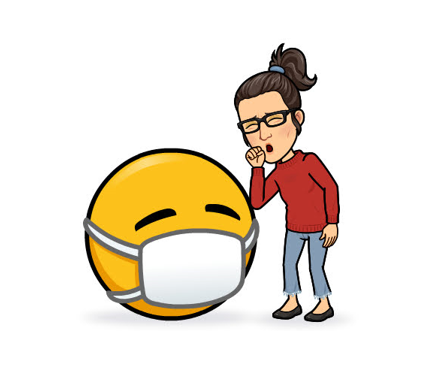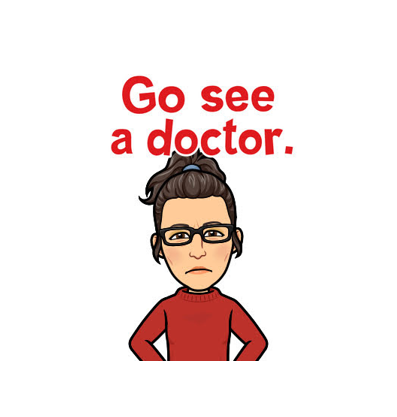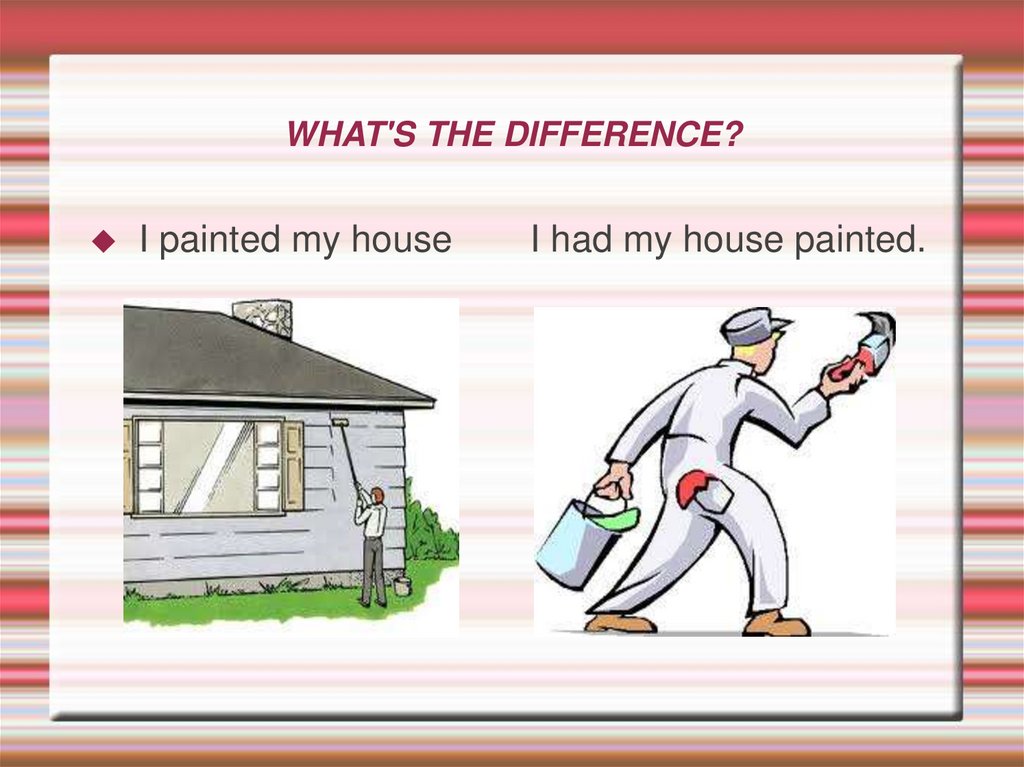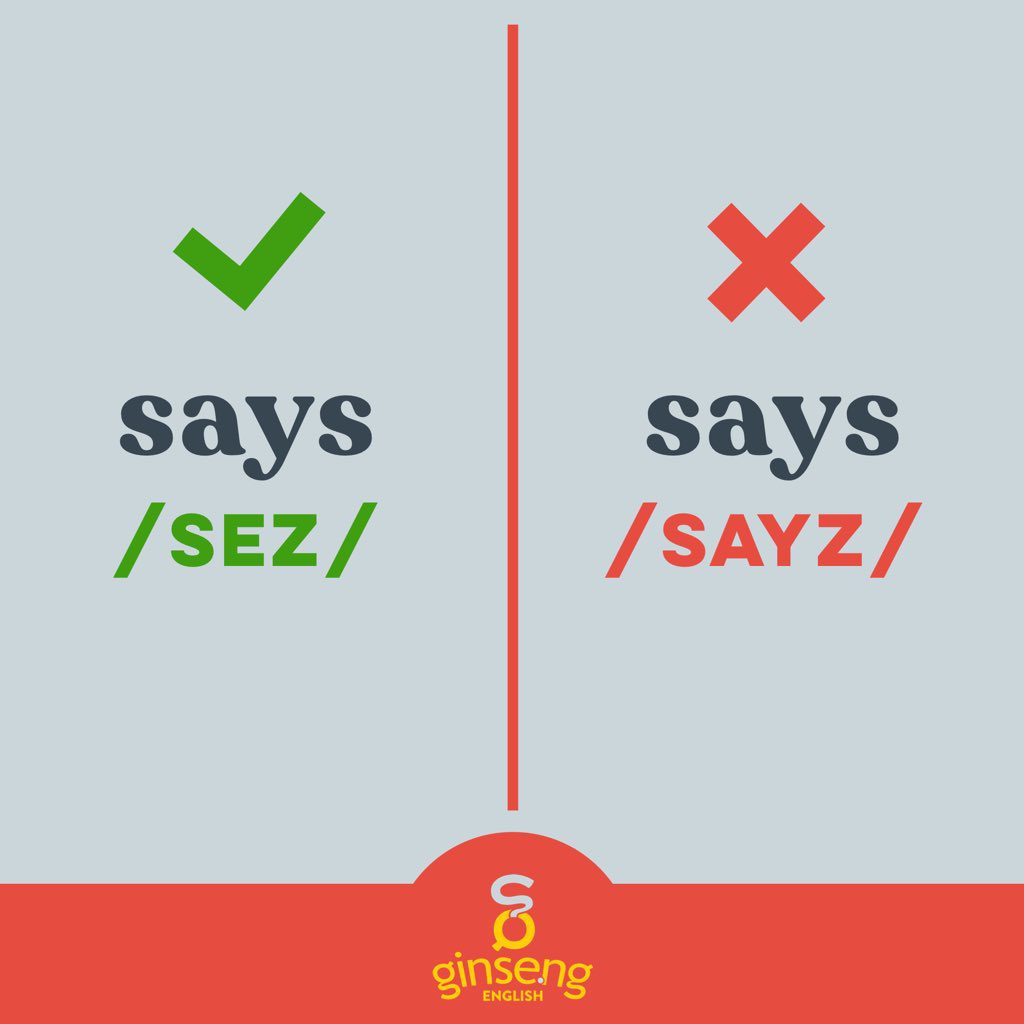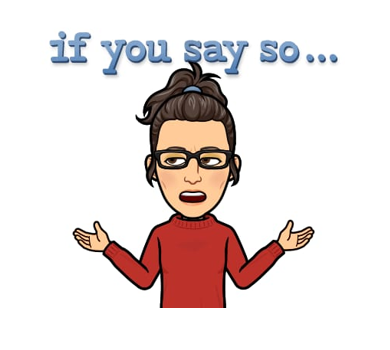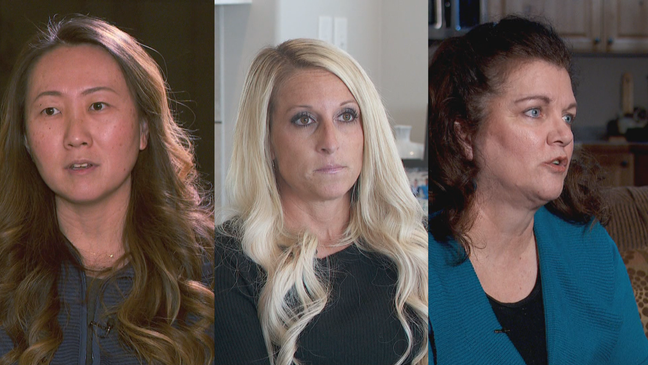
It’s a good idea, when you travel abroad, to know how to describe what you are feeling, in case you need to go to an emergency medical service.
So, we started with the most common health problems, ways to ask about someone’s health, and typical responses.
Next we looked at simple conversations between doctor and patient, and we worked on a dialogue in which a patient visits his doctor because he has many of the classic Covid-19 symptoms.
Then, working with a student, she told me that she had a hard time with the second dose of the Covid-19 vaccine.

Forty-eight hours after she took it, she had a rash / she broke out in a rash on her neck and forehead. She didn’t have a fever, but her blood pressure went down / dropped / decreased. Then, she called the doctor, and the doctor prescribed her an anti-allergic medication/drug. She took the medication and rested. ‘It was weird,’ she said.
Here is a piece of news which is a good listening and reading practice, as it brings the vocabulary related to this problem.
I also had / got / experienced side effects / suffered from side effects from the Covid-19 vaccine. I had / experienced fatigue, a fever, a headache and, body aches.
In case you need to go to an emergency service, one of the questions they may ask you is: Are you allergic to any medicine/medication?
You should respond:
Yes, I’m allergic to…
No, not that I’m aware of / not that I know of.
PRACTICE
What about you? Did you have / get / experience side effects or suffered from side effects from the Covid-19 vaccine? What did you have?
Nota: O intuito desta lição, é oferecer soluções lexicais, para caso necessite, você possa comunicar com segurança e tranquilidade, seus sintomas. Ao que tudo indica, o tema não deverá, tão cedo, desaparecer da nossa realidade.

